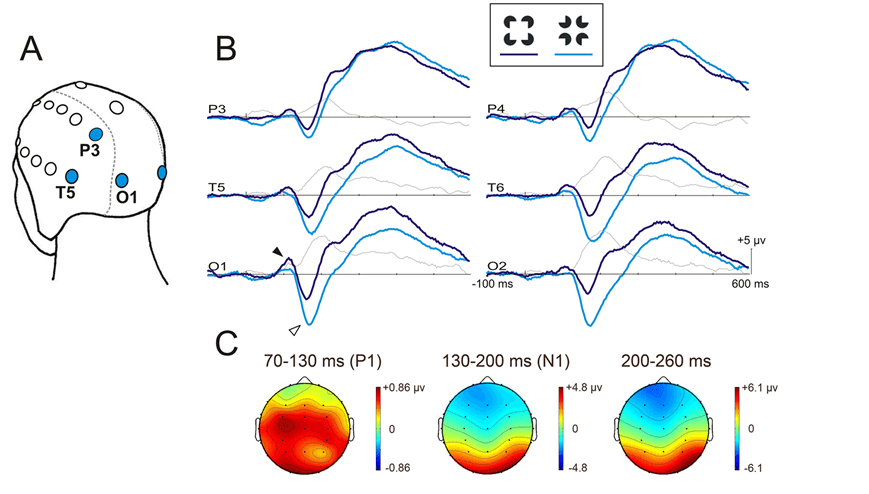
Jan
Curious About AI in Marketing? 7 Critical Questions
jerry9789 0 comments artificial intelligence, Burning Questions
Artificial Intelligence(AI) has recently been integrated into marketing and is still in its early stages. It makes automated decisions based on available data and audience observations or economic trends that impact marketing. By doing so, it enables marketers to gain more insight and understanding of their target audiences.
However, a business must comprehend how AI Marketing works and its effects before adopting it. Here are seven questions every company interested in AI Marketing should ask themselves.

Jun
Nowadays, it’s growing increasingly common for businesses to turn to neuroscience to address their marketing needs, especially since it seems that business has
 challenges only neuroscience can solve. Behaviorists will tell us that humans are irrational creatures—we often make decisions based on information that is incomplete. We also take mental shortcuts.
challenges only neuroscience can solve. Behaviorists will tell us that humans are irrational creatures—we often make decisions based on information that is incomplete. We also take mental shortcuts.
Why we err in the first place, however, is not completely explained by behavioral science or economics. However, neuroscience can really help us gain a foothold in understanding why and how consumers make certain decisions. Neuroscience adds value to business; it provides us with long sought after causal explanations for behavior. It also provides several methods that we can use to assess our unconscious mental processes.

May
The massive growth of big data, while heralding its success, can also be a bit of a hindrance to our industry. Simply put, there are too many posts, videos, and other data that do not fit the model of query we need. As a result, it’s time to do some big data market research and really think about new ways to store and analyze data.
What is “Big Data” anyway?
In the event you’re unfamiliar with the term, big data is, in short, business data and the technology required to uphold it. Currently, the amount of existing data grows hugely each day. All of this data, including social media networking data, is relevant to business, but as of right now, only a fraction of what’s out there is being effectively analyzed. Really, though, one of the best ways to conduct research and return relevant advertising to the market is through such analysis.

May
In the search to better understand emotional reactions to stimuli and the workings of the subconscious, marketing researchers have turned toward the use of numerous technologies. Here we discuss one of them, facial electromyography, also known as fEMG.
Facial electromyography is a technology that enables researchers and medical professionals to measure muscular activity in the eyes. The process quantifies the tiny electrical impulses that are generated by actively contracting muscle fibers. Because fEMG monitors movement in the facial area, researchers can gain a greater understanding of the subtle emotional responses participants feel towards a particular stimulus. In particular, fEMG studies two types of muscles: Certain activity of the corrugator muscle is usually associated with negative feelings, and activity of the zygomatic muscle is usually correlated with positive emotions.

May
For a long time, corporations have been working to understand how to affect consumer behavior and influence more people to purchase their products. Market research has made some headway in this arena recently, explaining how the impulses that drive consumers to purchase are produced. Now, you may not realize it,  but it turns out that what makes you feel good is a part of the brain dubbed “the pleasure center.” It’s this center that makes us feel happy when kissed, that drives us to eat our favorite foods or play our favorite games, that makes us want to relax on the beach.
but it turns out that what makes you feel good is a part of the brain dubbed “the pleasure center.” It’s this center that makes us feel happy when kissed, that drives us to eat our favorite foods or play our favorite games, that makes us want to relax on the beach.
Laboratory tests have shown that rats who can control their pleasure centers with a switch will literally jump at the opportunity to do so. Scientists set up electrical pulses that control the pleasure centers of rats’ brains and found that the rats would sacrifice anything to continuously pounce towards the levers and experience electrical bursts of happiness. Disturbingly, rather than eat or sleep, these rats flipped their switches without end, stopping only when they died of sheer exhaustion…

Apr
When you first think of market research methods, the image of surveys and focus groups may come to mind. However, market research has evolved, to the point that you may be unaware what methodologies are being used today. While methods have grown more complex, they’ve also gotten a lot more interesting. Here are some examples of how much the game has changed.







